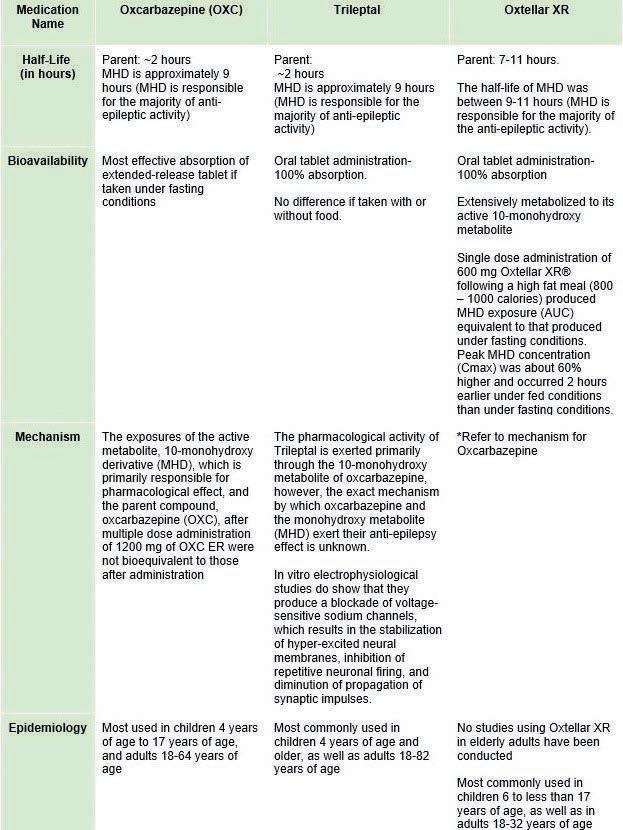Scholarly Research In Progress • Vol. 5, November 2021
Recent Trends in Gabapentin Usage Among Medicaid Patients Christopher Logan SanCraint1†‡ and Joshua P. Mills1†‡ ¹Geisinger Commonwealth School of Medicine, Scranton, PA 18509 † Doctor of Medicine Program ‡ Authors contributed equally Correspondence: csancraint@som.geisinger.edu
Abstract Background: Gabapentin is a drug that was originally designed as an anti-epileptic medication in the early 1990s. It was hailed as a sort of “miracle drug” due to its seemingly absent abuse potential and rapidly expanding list of uses including prescriptions for neuropathic pain and migraine treatment. These factors led to a prescription boom, propelling the drug to being one of the most prescribed in the country. However, recent evidence indicates a possibility of gabapentin misuse, particularly in high-risk populations, and subsequent control measures including drug scheduling have been enacted by several states. This study sought to examine current trends in gabapentin prescriptions among Medicaid patients. Methods: We utilized Medicaid state drug utilization data for years ranging from 2014 to 2020. These data sets encompassed units prescribed, reimbursed and amount reimbursed as a total from all 50 states. We isolated data only for gabapentin from the data set and subsequently quantified the trends as percentages of national totals. Results: The analysis of gabapentin prescription trends provided valuable insight to the national sense around gabapentin use. It was shown that gabapentin prescriptions increased each year from 2014 to 2017. From 2017 through 2020, however, there has been a plateau in the number of gabapentin prescriptions and units reimbursed. Lastly, the data analysis showed a decline in reimbursement for gabapentin through Medicaid every year since 2015 continuing through 2020. Conclusion: The results of this analysis indicate that while gabapentin was an extremely popular drug and being prescribed at a high rate, recent control measures and awareness may have led to a slowing or buffering of this trend. The results show that in recent years gabapentin prescription rate has plateaued, pointing to a hesitancy of providers to prescribe the drug. Further investigation is necessary to explain the reduced reimbursement of gabapentin as it could be the result of a combination of forces such as changing Medicaid policy, reduced prescriptions, and other factors. Gabapentin continues to be a popular medication and future examination and review are necessary to assess its abuse potential and usage.
Introduction Gabapentin was originally approved by the FDA in 1993 to treat epilepsy. Its approval for use was expanded to include post-herpetic neuralgia in 2004 (1). Since that point, prescribing and use has exploded, with steadily increasing prescriptions beginning in the 1990s and continuing through the early 2010s (2, 3) This large increase in use can be attributed to its tendency to be prescribed for off-label use. In fact, some studies estimate up to 95% of gabapentin prescriptions are for off-label uses (1). 24
There are several possible reasons for this usage trend. One explanation points to predatory, and illegal, marketing of the drug under the trade name Neurontin by Warner-Lambert (2). Warner-Lambert, who was later acquired by Pfizer Inc., was found to use marketing strategies including continuing medical education presentations and peer-to-peer selling by physicians. These marketing practices led to a boom in gabapentin use, particularly since it was marketed under the guise of research activities and education. These practices were so dominant and widespread that it eventually resulted in litigation, with the ultimate outcome of Warner-Lambert, being found guilty and requiring the payment of a of $430 million fine (2). However, illegal marketing does not solely inform physician prescribing decisions or explain the widespread use of gabapentin. To this day, the specific mechanism of action of gabapentin remains unknown (3). Due to the mystery surrounding its mechanism of action, and the fact that the drug is widely considered to have no misuse potential, off-label prescriptions continued to increase. Other common uses include insomnia, other types of neuropathic pain, alcohol addiction and withdrawal and migraines (3). However, in recent years, the excessive prescribing of gabapentin has become cause for concern amongst some health care providers. This is compounded with increasing evidence that gabapentin does indeed have abuse potential, especially in certain populations, and the drug can have dire side effects (4). Gabapentin was the 10th most prescribed drug in the United States in 2016, a figure which suggests its increased usage is not due to a rise in patients with conditions approved for treatment with gabapentin (4). One possible explanation for this rise in gabapentin prescriptions for a host of issues is the patient expectation to have their pain treated pharmacologically. The pressure on providers from patients to send them home with a prescription may lead them to increase off-label use due to its presumed safety. In addition, writing a prescription tends to be faster and easier than continued follow-ups and patient education (4). Recent literature has raised concerns about indiscriminate prescribing practices (4, 5, 6). First, many of the off label uses of gabapentin have not been rigorously tested in controlled experiments. As a result, the efficacy of gabapentin, and particularly the long-term effectiveness in chronic conditions, is unknown at best (4). Furthermore, gabapentin use can come with serious side effects. One reason for this is the nature of the disorders for which it is being prescribed. Since gabapentin can be effective in treating neurologic disorders, it may be used in conjunction with other drugs which have effects on the central nervous system (4). Patients can also experience withdrawal symptoms when gabapentin therapy is stopped abruptly (4). The widespread use of gabapentin for a variety of disorders has prompted reviews of the original claims that it has little to












































